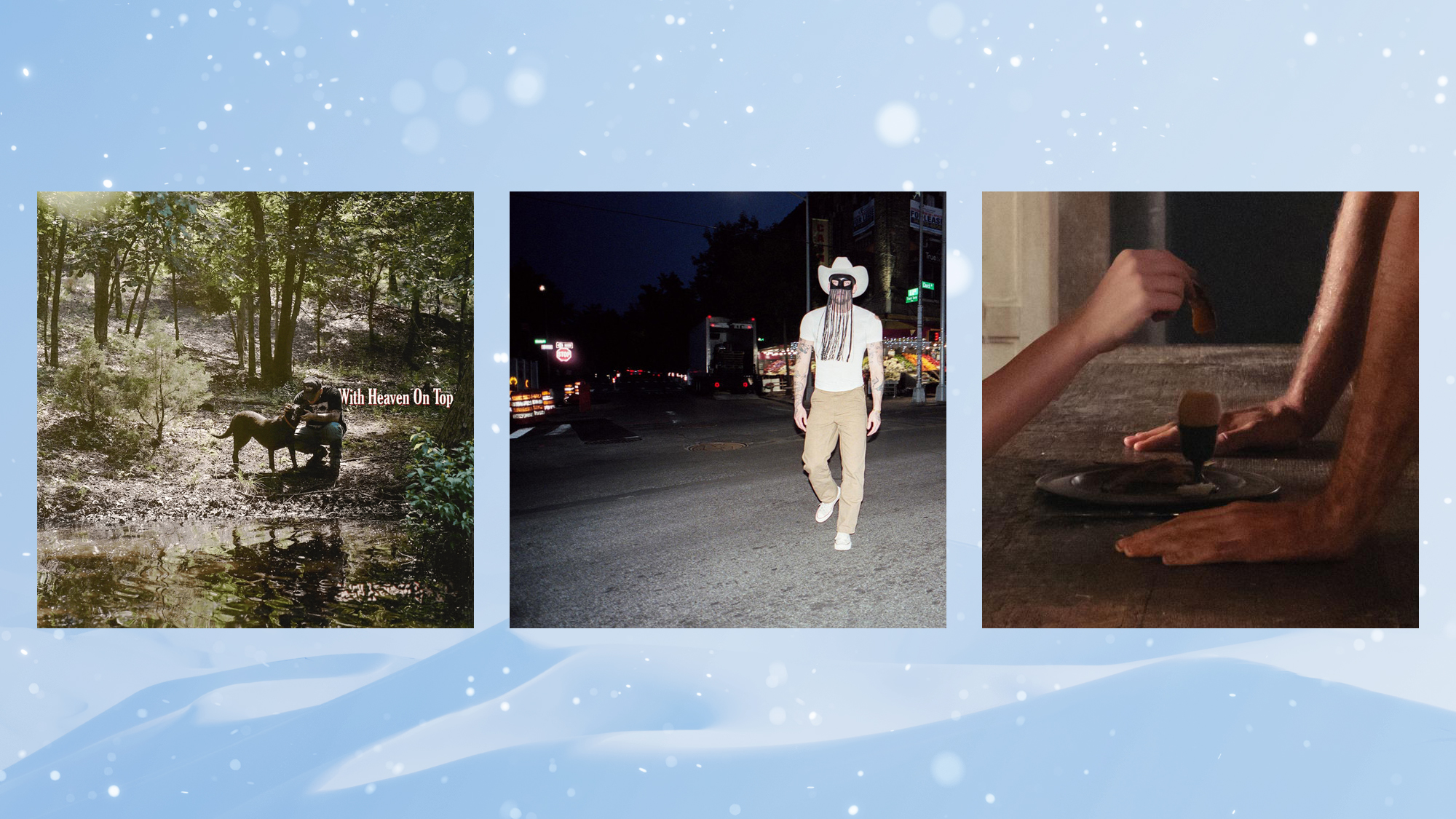Full House: Views of the Whitney’s Collection at 75
A museum celebrates by looking back on 75 years of American culture.
New York's Whitney Museum of American Art turns 75 this year, said Holland Cotter in The New York Times. To celebrate, it has mounted an 'œattic-to-basement display' of roughly 400 works from its permanent collection. Arranged by theme rather than date, the pieces energize one another in new ways. More important, the show delivers a story—the story 'œof American culture through art.' It reveals a culture of 'œstaggering contradictions: idealism and amnesia, censure and unruled pleasure.'
If the prospect of such an 'œexhaustive show exhausts you,' never fear, said John Zeaman in the Bergen County, N.J., Record. 'œIt goes down easy.' Curators have resisted the urge to cram everything into the museum, and let a few key artists 'œdo the heavy lifting.' Iconic realist Edward Hopper gets a whole floor to himself. The lobby belongs to another of Whitney's favored sons, sculptor Alexander Calder. His Calder's Circus, a 'œdoll-like phantasmagoria of movable circus animals,' is on display, animated in Calder's famous filmed performance. Between these two poles of representation are three trends: abstract expressionism, pop art, and minimalism. Instead of the same old De Kooning'“Pollock narrative, the abstract-art floor includes artists such as Philip Guston and Louise Bourgeois. The same sense of free association can be found on the pop floor, titled 'œThe Pure Products of America Go Crazy.' Mingling with such totemic pieces as Andy Warhol's Brillo Boxes and Jasper Johns' Three Flags are lesser known works by Jacob Lawrence and Man Ray. And Elsie Driggs' precisionist paintings and Claes Oldenburg's Bedroom Ensemble enliven the minimalist section.
A free daily email with the biggest news stories of the day – and the best features from TheWeek.com
The Week
Escape your echo chamber. Get the facts behind the news, plus analysis from multiple perspectives.

Sign up for The Week's Free Newsletters
From our morning news briefing to a weekly Good News Newsletter, get the best of The Week delivered directly to your inbox.
From our morning news briefing to a weekly Good News Newsletter, get the best of The Week delivered directly to your inbox.
-
 ‘City leaders must recognize its residents as part of its lifeblood’
‘City leaders must recognize its residents as part of its lifeblood’Instant Opinion Opinion, comment and editorials of the day
-
 10 upcoming albums to stream during the winter chill
10 upcoming albums to stream during the winter chillThe Week Recommends As the calendar turns to 2026, check out some new music from your favorite artists
-
 Kristi Noem might not be long for Trumpland
Kristi Noem might not be long for TrumplandIN THE SPOTLIGHT The Homeland Security secretary has been one of the most visible and vocal architects of Trump’s anti-immigration efforts, even as her own star risks fading
-
If/Then
feature Tony-winning Idina Menzel “looks and sounds sensational” in a role tailored to her talents.
-
Rocky
feature It’s a wonder that this Rocky ever reaches the top of the steps.
-
Love and Information
feature Leave it to Caryl Churchill to create a play that “so ingeniously mirrors our age of the splintered attention span.”
-
The Bridges of Madison County
feature Jason Robert Brown’s “richly melodic” score is “one of Broadway’s best in the last decade.”
-
Outside Mullingar
feature John Patrick Shanley’s “charmer of a play” isn’t for cynics.
-
The Night Alive
feature Conor McPherson “has a singular gift for making the ordinary glow with an extra dimension.”
-
No Man’s Land
feature The futility of all conversation has been, paradoxically, the subject of “some of the best dialogue ever written.”
-
The Commons of Pensacola
feature Stage and screen actress Amanda Peet's playwriting debut is a “witty and affecting” domestic drama.